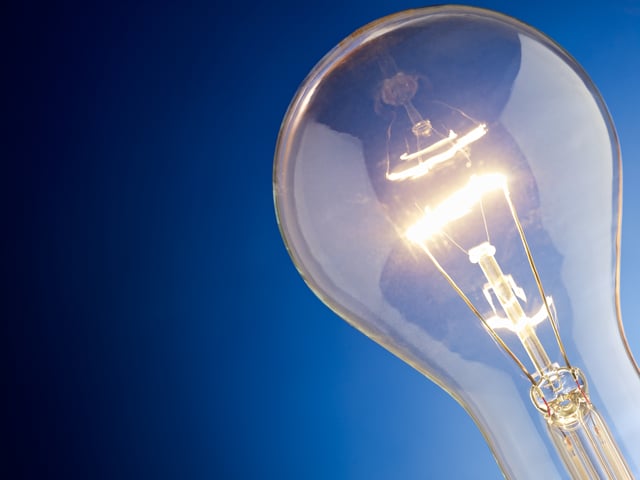
The history of the electric utility in the United States is an amazing study. I will only touch the highlights in this article. By 1879, Thomas Edison, after many failed attempts finally invented an electric incandescent light bulb. Within a few short years by 1882, the first small electric generating plant was developed to serve a small area of residences and businesses to power their electric lighting in Manhattan. Most public lighting up until this time used natural gas. Several small electric generation plants sprung up at this time but could only serve customers within one mile of the plant.
Edison, who was a better inventor than businessman, hired a young man named Samuel Insull. Over the next four decades, Insull, developed what we know today as the vertically integrated utility which combines electric generation, electric transmission and electric distribution.
Originally, all regulation was local. But as the utilities grew the regulation moved to a state level in the form of state utility commissions. By 1914 the majority of states had a utility commission. The concept was established that it was too costly to have multiple utilities building infrastructure in the same areas, so utilities became monopolies regulated by the state commissions. Most states continue to have state utility commissions to regulate safety, earnings, expansions and other matters.
Since larger utilities began to service more than one state the federal government got involved. By 1935 what is now the Federal Energy Regulatory Committee (FERC) was given power to regulate wholesale energy costs. Regulation helped eliminate corruption but brought to bear political factors to the electric grid. By the 1970’s the Environmental Protection Agency and the Department of Energy joined with FERC to have their hand in the energy business. Regulations could now be imposed based on the political bias of those in power.
Now, 138 years after the incandescent light was invented, the entire nation has an interconnected electric grid made up of three primary regions. The electric grid and its development has been an ongoing evolution and will continue to do so. The goal of utilities will remain the same, to provide reliable, economical and sustainable electricity to our consumers.
Some of the current challenges facing the utility industry are as follows, the rapid development of new, digital technologies and the ability to integrate them into a hundred year old grid. Another factor is the multiple means of producing electricity and how to feed those sources, often unreliable, into the grid rather than from one or several large generating plants. Finally, developing a utility scale means of energy storage to streamline the use of renewable sources into the grid. All these challenges are currently being researched and developed and will write the next chapter in the history of electric generation in the United States.
For all your energy related questions please contact your energy experts at Florida Public Utilities www.fpuc.com/energyexpert

